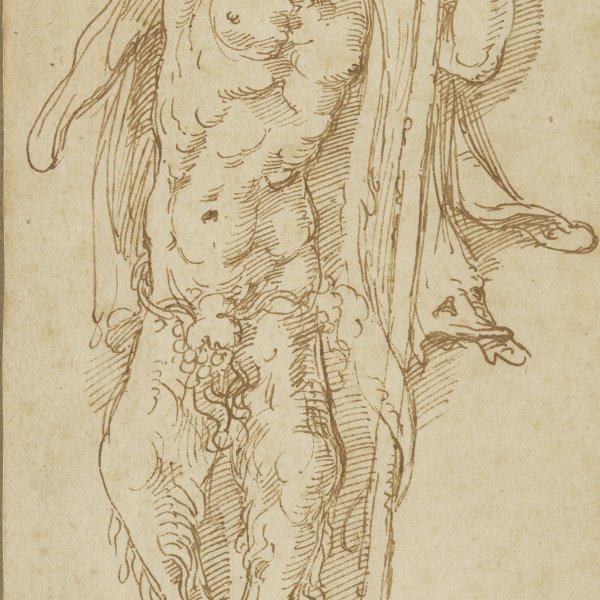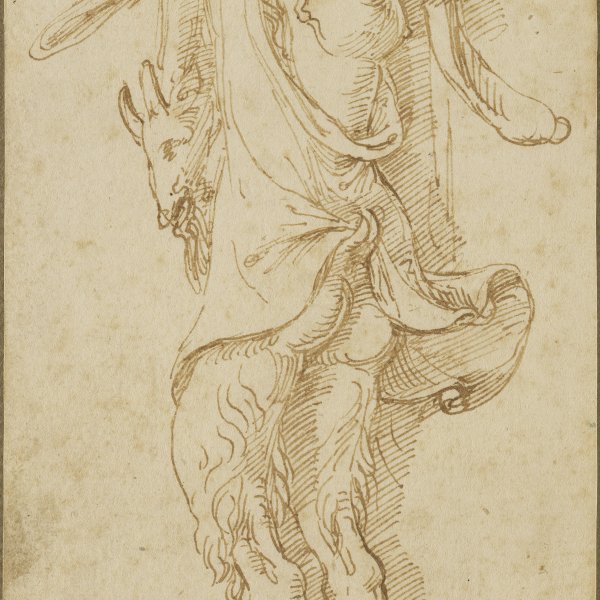Giulio Romano (Giulio Pippi o di Pietro di Gianuzzi)
This Roman painter and architect was one of the leading representatives of early Mannerism. Giulio Romano trained with Raphael and soon became his principal assistant and collaborator. He worked with him on the Vatican Stanze, and although it is not easy to distinguish Romano’s hand, he is considered to have executed a significant part of the Stanza di Eliodoro, the Stanza dell’Incendio and the Sala di Constantino. From 1518 to 1519, while Raphael was engaged on devising the programme for the decoration of the Loggia of Leo X in the Vatican, Giulio was responsible for supervising the artists to execute the project. He also worked with Raphael on the execution of a number of easel paintings. On Raphael’s death in 1520 Giulio Romano became head of the studio together with the young Giovan Francesco Penni. He continued with the decoration of the Sala di Constantino, painting The Battle of the Milvian Bridge. During this period Giulio designed various Roman villas for prestigious patrons such as Cardinal Giulio de’Medici, the future Clement VII.
In 1524 Giulio Romano became the painter and architect to the court of Federigo Gonzaga in Mantua, the city to which he moved and where he remained until his death in 1546. The artist became the leading figure in the city’s cultural life, responsible for organising and producing the widest range of artistic projects. The most important of these was the construction and decoration of the Palazzo del Tè between 1527 and 1534. The palace was designed as a recreational residence for the Gonzaga family on the edge of the city. The decorative scheme extends through all the principal rooms of the palace, of which particularly notable for their quality and dramatic compositions are the frescoes in the Sala di Psiché and the Sala dei Giganti. Years later, between 1536 and 1538 Giulio Romano undertook another major decorative scheme for the Gonzaga, namely the Apartamento di Troia in the ducal palace in Mantua.






